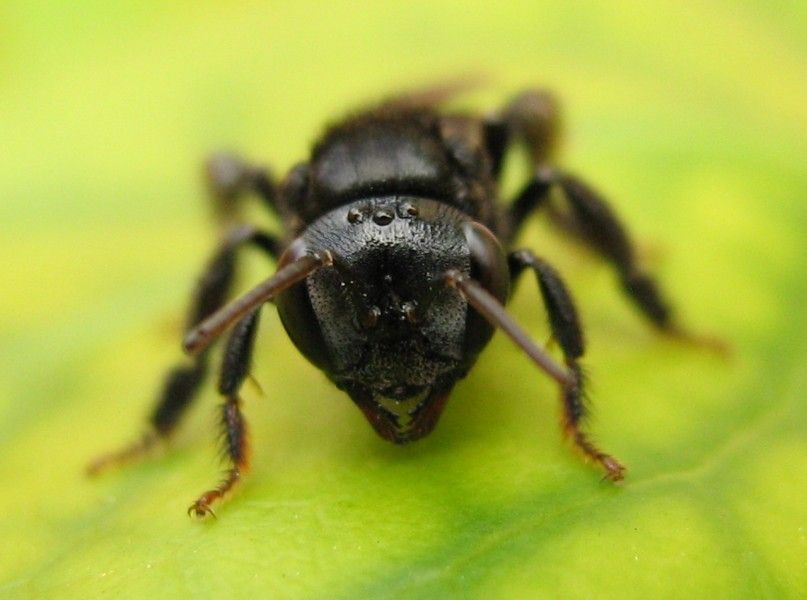There’s money in the bug business.
TyraTech, a company developing pesticides which they say are not harmful to humans, pets, or the environment, raised $6 million in venture capital. Established in 2004, the North Carolina-based company uses a patented process to target receptors only found in invertebrates by using a blend of essential oils. They say they’re targeting bugs with stuff that doesn’t harm anything else.
“Traditional chemical products have been the primary means for control of invertebrate pests in home and industry, as well as for personal and animal health,” TyraTech’s website says. “Unfortunately, traditional chemical products are often compromised by the development of insect resistance, environmental concerns, and adverse health effects in humans and animals. TyraTech products are designed to overcome these issues by targeting nerve centers found only in invertebrates, making our products safe for People, Pets and the Environment.”
The company uses both EPA exempt and non-exempt active ingredients in insecticides, which they say will be incorporated into final commercial insecticide products to combat pests such as white flies, thrips, aphids and mites. The combination of essential oils, according to the company, not only is effective in killing pests, but also is not prone to pests developing resistance against the pesticide.
“The principal source of the natural materials that are used in TyraTech products are plant essential oils,” the site says. “These oils are naturally occurring chemicals which have evolved for plant defense against invertebrate attackers, and which can act as insecticides or repellents.”
While TyraTech currently has a product for head-lice on the market and has just launched its commercial line in the UK, the company is working on its agricultural and livestock product lines.
If you have any news, insights to share, would like to pitch guest posts, commentaries or white papers, drop us a line at [email protected].
FEATURED PHOTO: Dirlei Dionísio/Flickr




